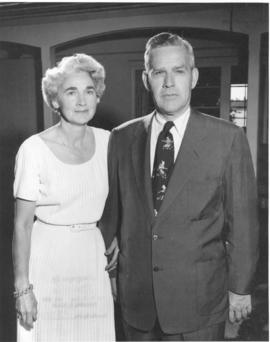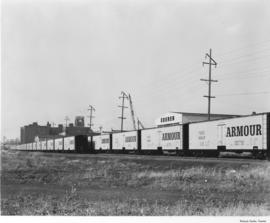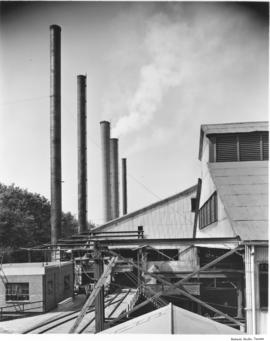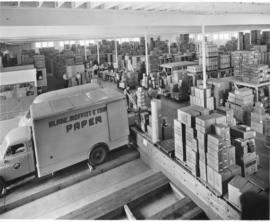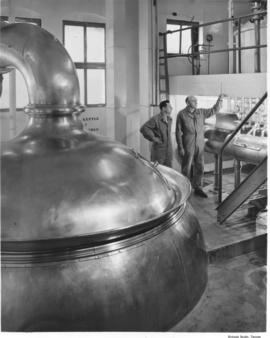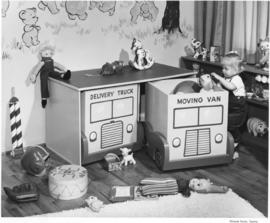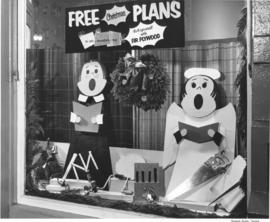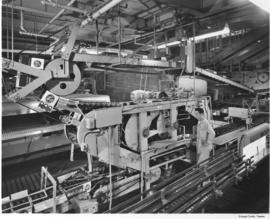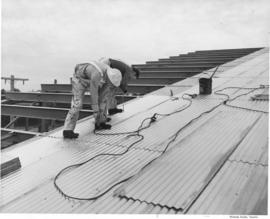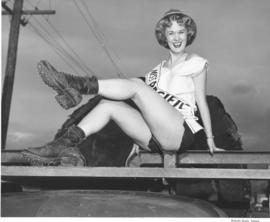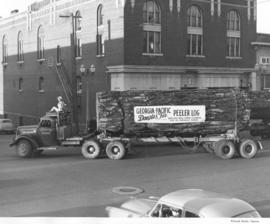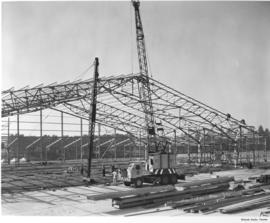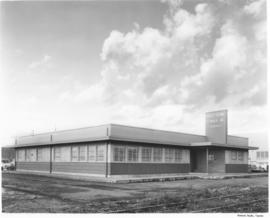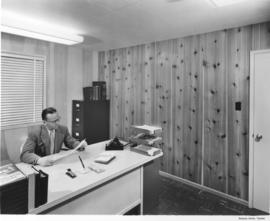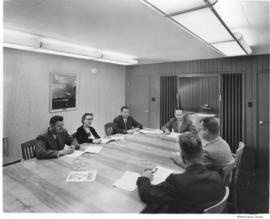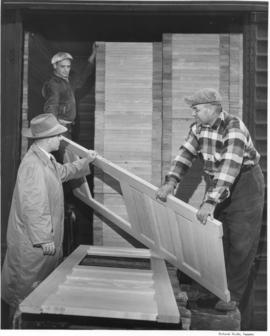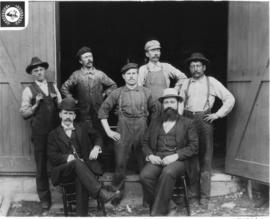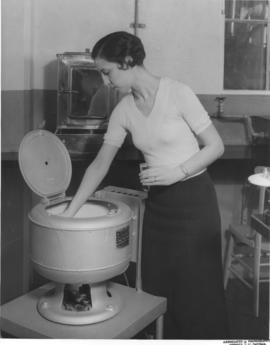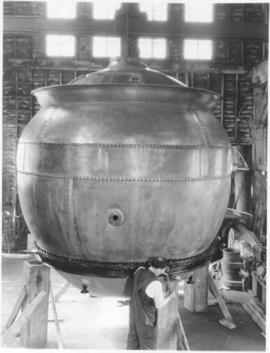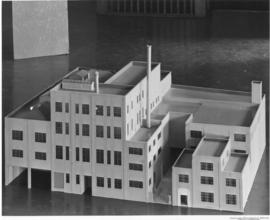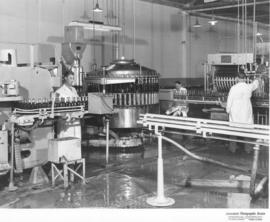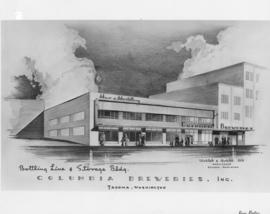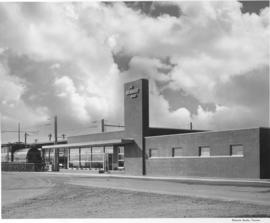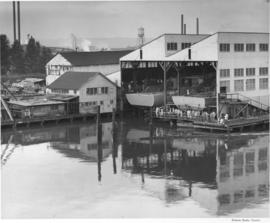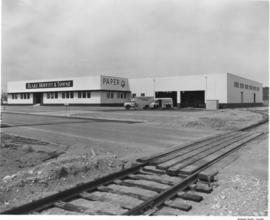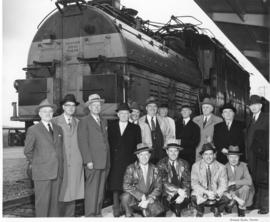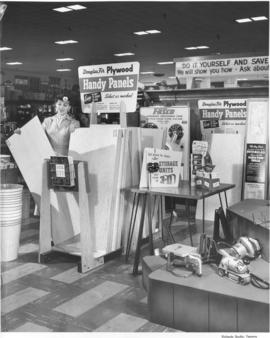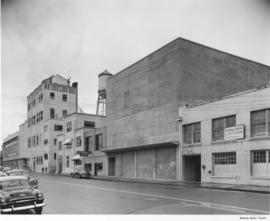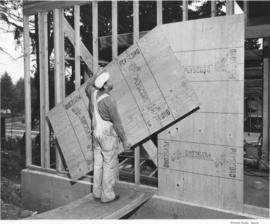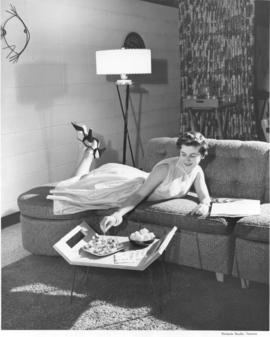- Item
- 1954-07-06
Part of Richards Studio Photographs
Home portrait of the Weyerhaeusers. The couple pictured in this sepia photograph is John Philip ("Phil") and Helen Weyerhaeuser. They were enjoying a family gathering at their Thorne Lane residence on July 6, 1954. Phil Weyerhaeuser led the Weyerhaeuser Timber Company from 1933 to 1956, a span of time which included the changes brought about by the Great Depression and World War ll. He believed that the best way a forest products company could operate would be to own its own timberlands. Phil Weyerhaeuser passed away on December 8, 1956. The 1956 Weyerhaeuser Timber Company annual report was dedicated to him; he was lauded as "a man of exceptional vision, kindliness and executive talents. It was he who activated the philosophy of managing forest lands for perpetual growth and harvest. His influence in the industry and the American community will be felt for generations to come." (Twining, Charles E., Phil Weyerhaeuser, Lumberman)
Weyerhaeuser, John Philip; Weyerhaeuser, Helen;
